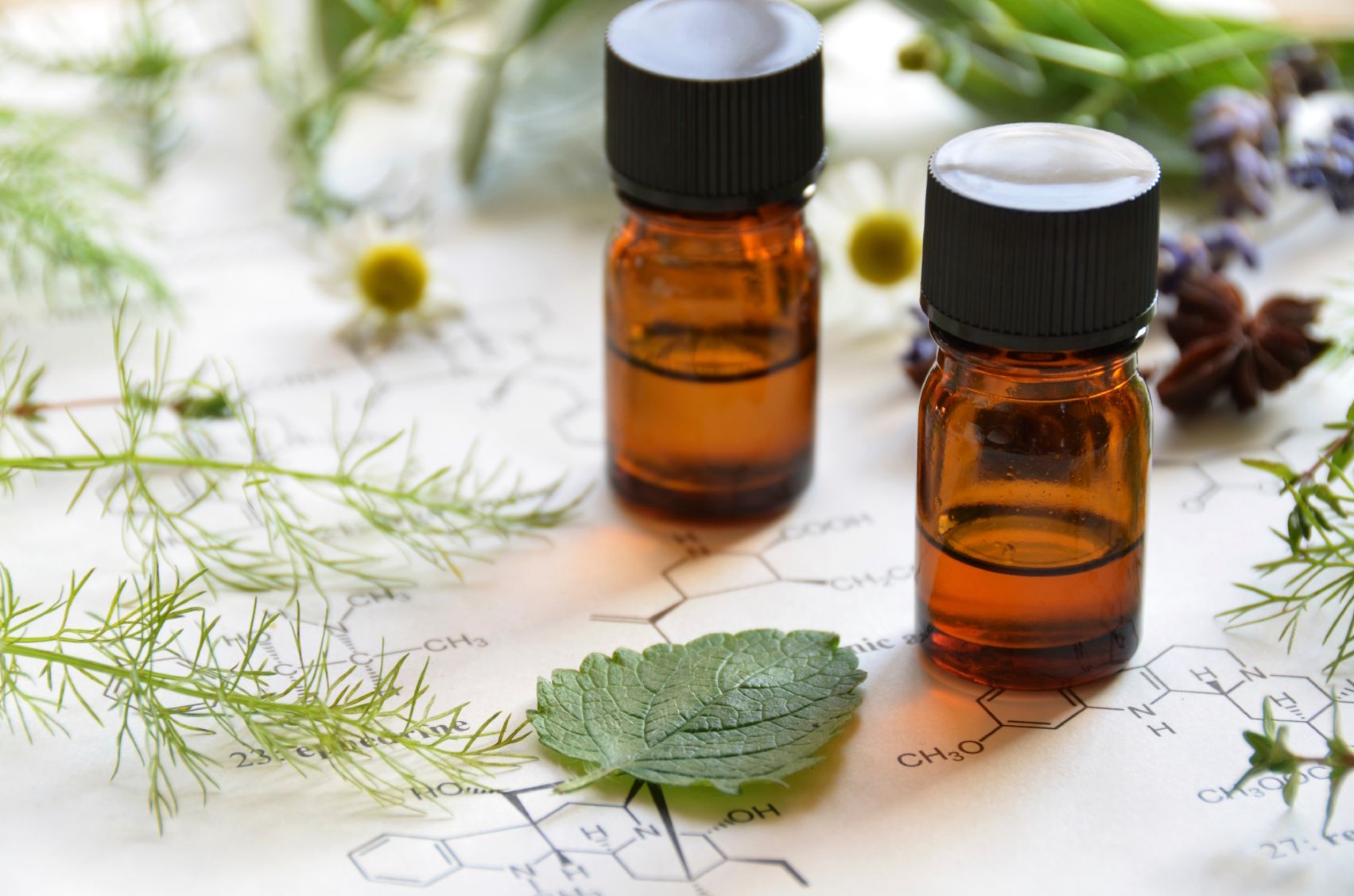Is Mazza’s Solvent-Free Extraction the New Standard?
In the case of polyphenols, the answer is most likely yes.

For years, manufacturers have relied on synthetic and organic solvents to make plant extracts. Despite the long and safe ingestion of some of these substances, solvents still complicate matters of containment, safety, and disposal. It’s a dark side of traditional plant extraction that’s seldom talked about. Mazza Innovation Ltd. (Summerland, BC) happens to love talking about it, though, because the company’s new solvent-free extraction technology happily involves none of it.
“Solvents are dangerous-they’re toxic, they’re explosive, they’re environmentally unfriendly, and they require explosion-proof facilities that can be a nightmare to build, to license, and to keep running,” said Benjamin Lightburn, Mazza vice president of corporate development (formerly with Radient Technologies), in an interview with Nutritional Outlook, before discussing all of the issues regarding how to get rid of solvent residues after their use. “When I saw the Mazza technology, I thought to myself, ‘This only has to work half as well as a solvent plant in order for it to be a compelling technology.’” Lightburn ultimately found that, in many cases, the technology works even better, with higher yields of plant compounds from oftentimes less plant material.
Mazza’s technology relies on water-specifically, pressurized, low-polarity water in which hydrogen bonds are ruptured, thereby causing the water to behave more like an organic solvent. The technology gives plant compounds a dissolution capability similar to that from solvent-based extractions, and it works best with polyphenols. When these antioxidant-like compounds are extracted from plant matter such as tea leaves or berries, the residual water can then be thrown out or sent down a drain.
Mazza is drawing attention not just from ingredient suppliers who believe in the manufacturing and marketing benefits of solvent-free extraction, but also from farmers eager to adapt to modern agriculture by turning, say, leftover fruit pomace (that would normally go to compost) into valuable anthocyanin-rich extracts. The company now has a pilot production facility making plant extracts on a commercial scale in British Columbia and is ready to market its high-value extracts to ingredient suppliers around the world.
Solvent-free extraction doesn’t just present an answer to the real threat of unsafe and potentially exploding extraction plants. It’s a waste-free, hassle-free solution that may even produce better plant extracts. Extraction plants running on Mazza’s technology won’t require unusual rules like the avoidance of static-discharge shoes and watches that aren’t explosion-proof. Relative to that, put a white coat on, a helmet if you want, and walk on in.
Robby Gardner
Associate Editor
Nutritional Outlook magazine
robby.gardner@ubm.com
Photo © iStockphoto.com/botamochi
Balchem’s Newest Launch Optifolin⁺® Brings Innovation to the Folate Market
November 15th 2024Supplement launches featuring 5-MTHF are on the rise with double digit growth. In this episode of Nutritional Outlook’s podcast, we explore Optifolin⁺, a new ingredient in the market that offers essential nutrition from prenatal through adulthood. Join us as we uncover the potential impact of the next evolution in folate, setting the stage for a healthier future.
Mars partners with suppliers like ADM to bring regeneratively grown ingredients to pet food
November 25th 2024Mars (Franklin, TN) is collaborating with partners and suppliers like ADM, The Anderson, Inc., Riceland Foods, and Soil and Water Outcomes Fund through its Royal Canin USA and Petcare U.S. Inc. brands to provide financial incentives to farmers to implement regenerative agricultural practices.
The Nutritional Outlook Podcast Episode 35: Prioritizing Women's Health Research and Innovation
October 28th 2024On this month's episode of the Nutritional Outlook Podcast, Cepham's founder and president, Anand Swaroop, discusses the company's recent announcement to prioritize women's health research and innovation.